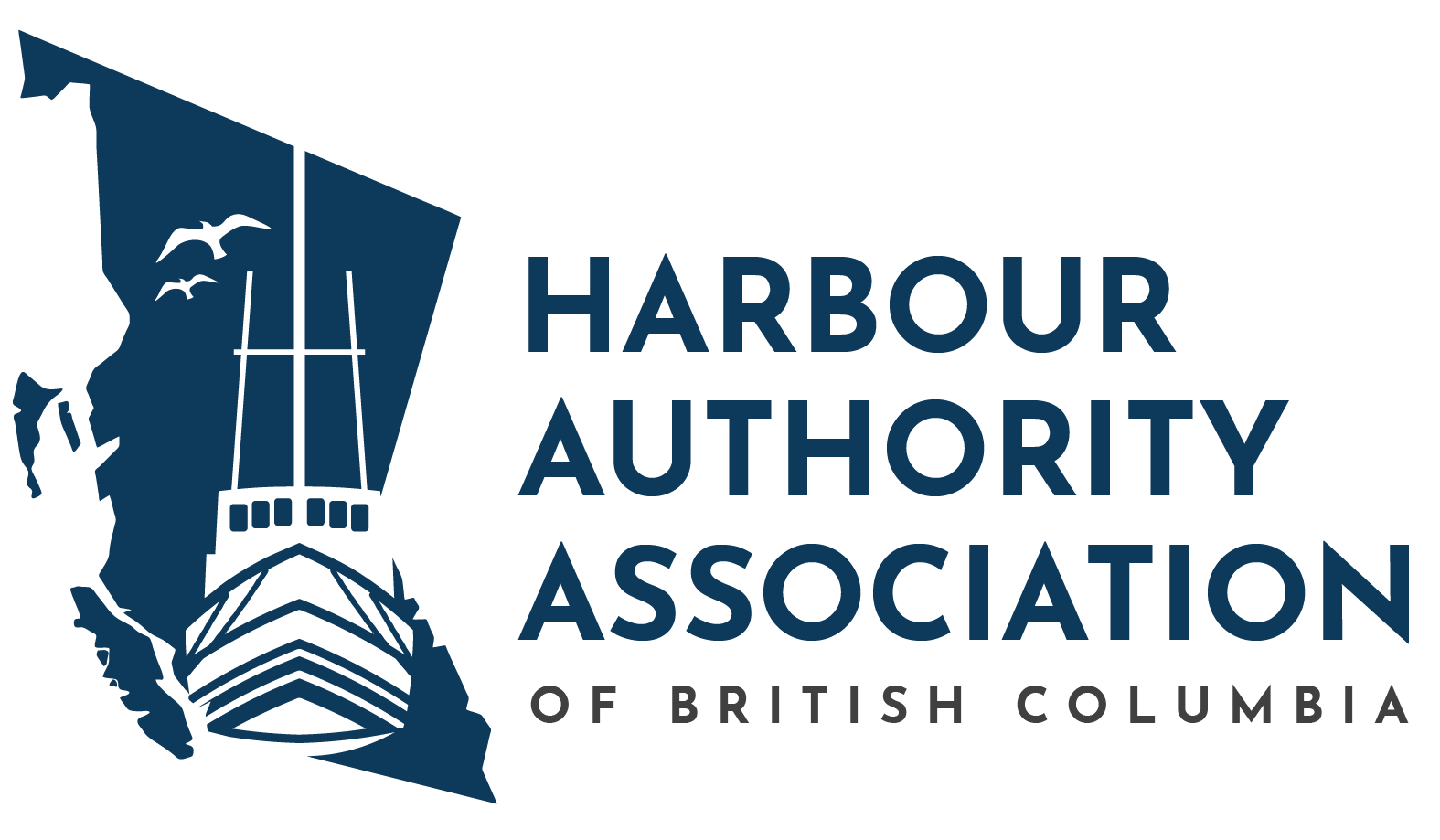faq
HAABC QUESTIONS AND ANSWERS
To find answers to some of the questions we get asked the most at the HAABC, just click on the blue circle on the right of the question to see the answer.
List of Abbreviations:
DFO: Department of Fisheries and Oceans
HA: Harbour Authority
HAABC: Harbour Authority Association of British Columbia
SCH: DFO – Small Craft Harbours Branch
What is a Harbour Authority?
A Harbour Authority (HA) is a locally controlled organization which operates under a head lease with the Department of Fisheries and Oceans (DFO) to operate and maintain a DFO-owned public commercial fishing harbour in the best interests of the commercial fishing fleet. Harbour Authorities are governed by not-for-profit organizations, Municipalities or First Nations.
The harbour facility consists entirely of the property and water lots under the ownership of DFO – Small Craft Harbours (SCH). An HA must operate the harbour as a public facility in accordance with the terms of the head lease and must at all times prioritize the needs of the commercial fishing industry above all else.
Who Owns the Harbour Facility?
At all times, the Department of Fisheries and Oceans Small Craft Harbours Branch is the legal owner of most Harbour Authority managed property. Some infrastructure improvements or additions are owned by the Harbour Authorities.
Who Determines the Level of Service to be Provided?
Each Harbour Authority Board of Directors determines the level of service to be provided at the harbour they manage, depending on the size, economic potential and staffing level of their HA. However, they must do so in accordance with the terms of their head lease with DFO-SCH.
Under What Authority are Harbour Authorities Established?
The DFO-SCH facilities are leased from DFO to the HA under the authority of the Fishing and Recreational Harbours Act.
What are the Responsibilities of a Harbour Authority?
Who is Responsible for Setting Rates for User Fees?
HAs are responsible for setting rates and collecting fees. SCH is not involved in setting rates.
Who Determines What is Considered “Minor Maintenance”?
Usually, this is determined by Small Craft Harbours staff in consultation with the Harbour Authority.
Who Approves and Funds Major Maintenance and Capital Improvement Projects?
Major projects and capital improvements remain the responsibility of Small Craft Harbours under the terms of the head lease. Small Craft Harbours will perform major and capital projects as necessary on a priority basis, program-wide. If an HA identifies a need for a particular project, it should prepare a detailed report to SCH requesting funding and outlining why the project is a priority that fits in with SCH’s mandate to serve the commercial fishing fleet.
Are Harbour Authorities Responsible for Paying Municipal Property Taxes?
As the harbour facilities are all federally owned, and the federal government does not pay municipal taxes, there is no legal requirement for an HA to pay municipal property tax. However, it may make a payment in lieu of taxes to a municipality, as it is recognized that many HAs use municipal services such as water, police, ambulance, fire, etc. It is considered good practice to make such an arrangement with the local municipality, as the mandate of SCH is for Harbour Authorities to fit in with and contribute to the local community.
How do you contact small craft harbours (sch)?
For all inquiries, please find contact information for Small Craft Harbours – Pacific Region here.
